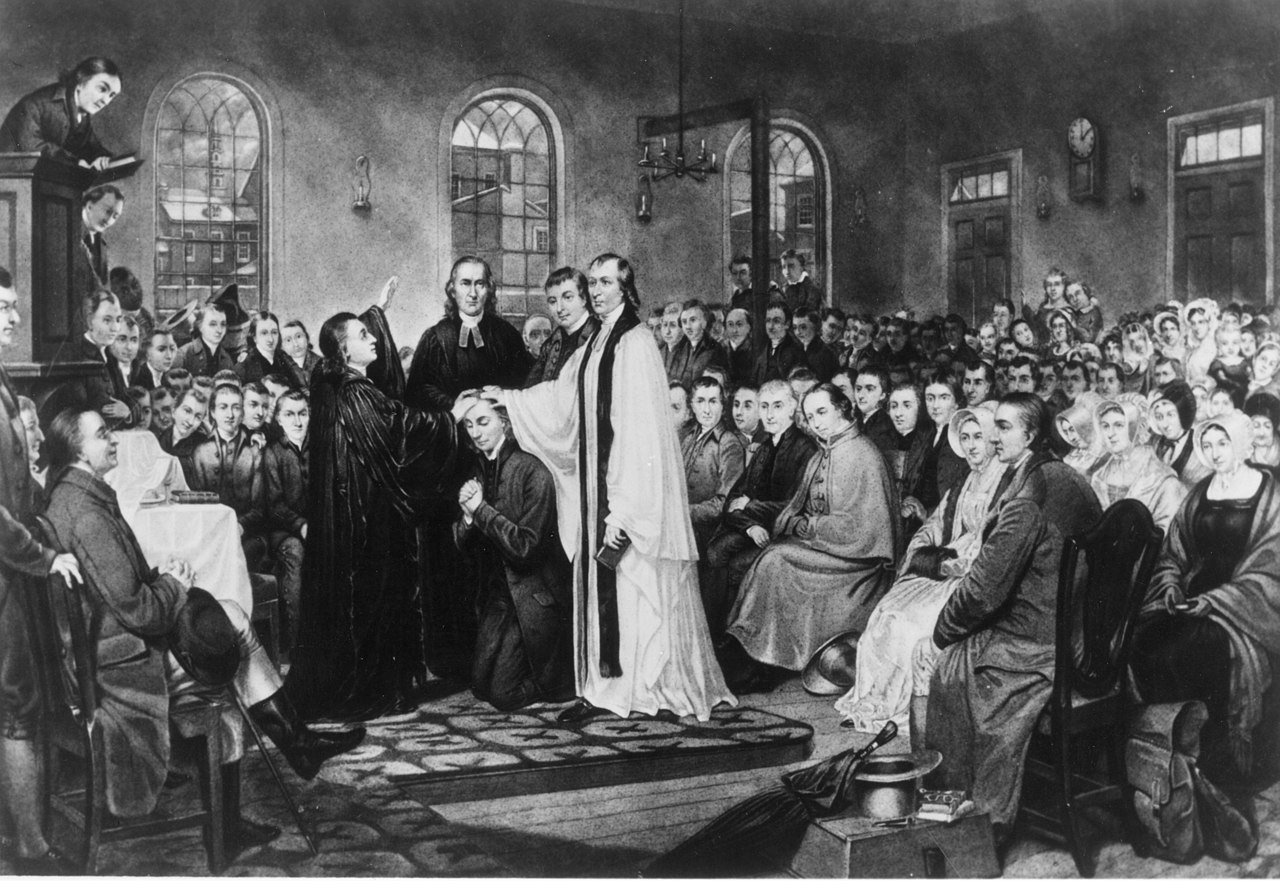Each bishop presided over several churches. Each church was under the care of a priest (Greek, presbyteros, or “elder”) who had been qualified by special training and by a ceremony of ordination. The area served by each church and its priest came to be known as the parish. In the early church the office of deacon had much importance. Before long, then, a distinction between those who were merely faithful worshipers (the laity) and those who conducted the worship and administered the affairs of the church (the clergy) became well defined.
By the seventh century the broad lines of church government in both the East and the West had been established. The organization was hierarchical—that is, there was a regular series of levels from subordinate to superior, from priest to pope or patriarch, somewhat as military lines of command run from lieutenant to general. But at almost every level there were councils made up of officials who met to debate problems and to make decisions.
After the conversion of Constantine, the first Christian emperor, the election of bishops obviously became a matter of particular concern to the state. To retain the initiative, the officials of the church worked to put the election of each new bishop into the hands of the clergy of the cathedral (episcopal church) of the see.
Practice remained uneven, however; sometimes the citizens simply gave assent to an accomplished fact by approving elections; at other times the people had real power, as when Roman mobs under the sway of rival political leaders controlled the choices for the papal throne. Since bishops often exercised actual governing power and had their own law courts, lay rulers often insisted on approving or even selecting them. The problem of the degree to which laymen could participate in the choice of the bishops remained acute in the West down to the eleventh century.

